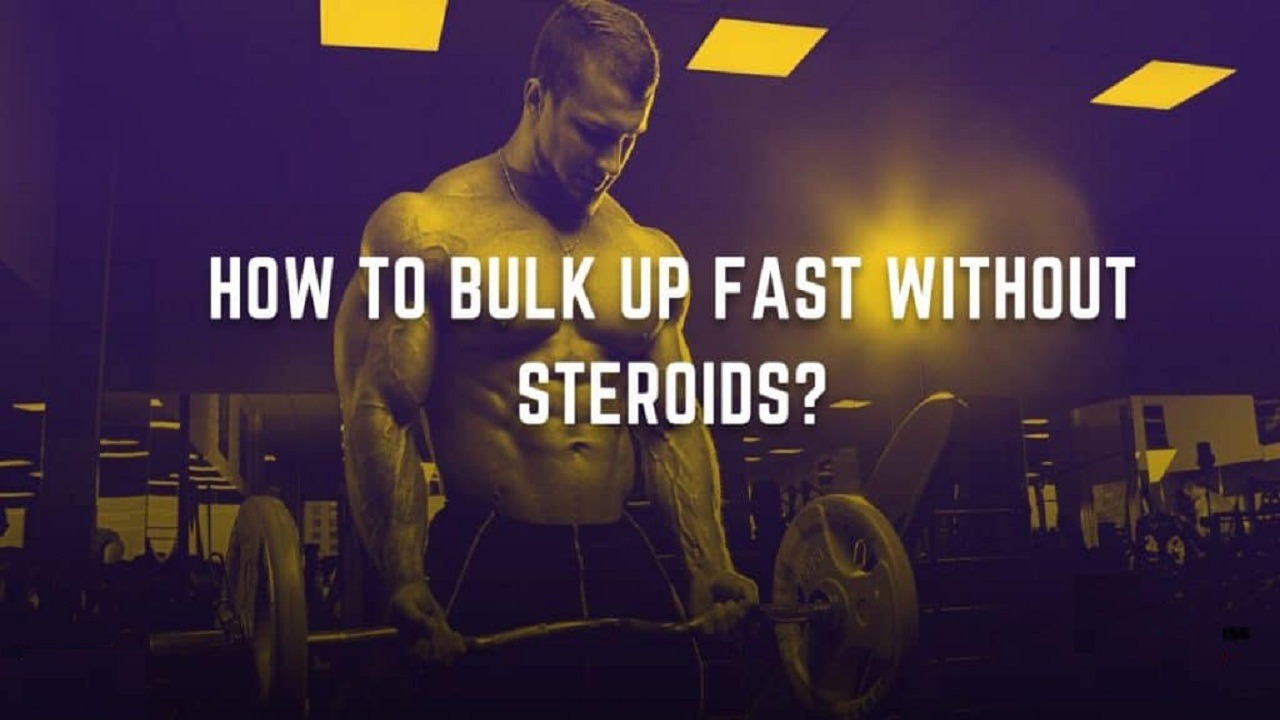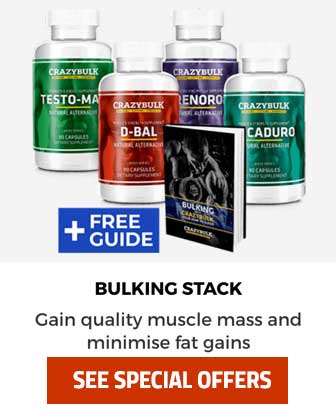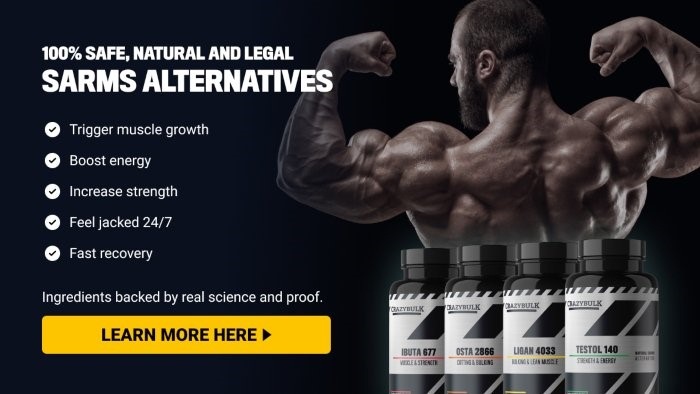How to Bulk Up Fast Naturally
Contents
The pursuit of a well-defined, muscular physique is a common aspiration for many fitness enthusiasts. While the allure of steroids may promise quick results, the potential health risks associated with them make a natural approach more desirable. In this comprehensive guide, we delve into the intricacies of how to bulk up fast without steroids. Covering nutrition, training, recovery, and lifestyle factors, this article aims to provide an in-depth understanding of the natural methods for achieving rapid muscle growth.
Must Check: Best 12-Week Bulking Steroid Cycle for Maximum Gains
Nutrition: The Foundation of Muscle Growth

Caloric Surplus: Building muscle requires an energy surplus. Consuming more calories than your body expends ensures that there is an ample energy reserve for muscle growth. However, it’s essential to strike a balance; an excessive surplus can lead to unwanted fat gain. Calculate your maintenance calories and aim for a moderate surplus, typically around 250-500 calories per day.
Macronutrient Ratios: Protein, carbohydrates, and fats are the pillars of nutrition for muscle growth. Proteins, composed of amino acids, are particularly crucial for tissue repair and growth. Aim for a protein intake of 1.6 to 2.2 grams per kilogram of body weight. Balance this with an adequate intake of complex carbohydrates for sustained energy and healthy fats for hormonal support.
Meal Timing: The timing of your meals can significantly impact muscle growth. Consuming a protein-rich meal or snack every 3-4 hours ensures a steady supply of amino acids for muscle repair. This approach maintains an anabolic state throughout the day, optimizing the conditions for muscle growth.
Hydration: Often overlooked, proper hydration is critical for overall health and muscle function. Water is involved in numerous physiological processes, including nutrient transport and waste elimination. Aim for at least eight glasses of water daily, and adjust based on your activity level and climate.
Nutrient-Dense Foods: Emphasize nutrient-dense whole foods in your diet. Include a variety of fruits, vegetables, lean proteins, whole grains, and healthy fats. These foods provide a broad spectrum of vitamins, minerals, and antioxidants necessary for overall health and optimal muscle function.
Supplements for Nutritional Gaps: While whole foods should be the primary source of nutrients, supplements can help fill nutritional gaps. Consider multivitamins, omega-3 fatty acids, and other micronutrient supplements to ensure comprehensive nutrient intake.
FAQs on Nutrition:
- What is the optimal protein intake for muscle growth?
Aim for 1.6 to 2.2 grams of protein per kilogram of body weight. Adjust within this range based on individual factors such as activity level and training intensity.
- Is it necessary to count calories?
While counting calories can provide a guideline, some individuals may find success by focusing on the quality of their food choices. Maintaining a moderate caloric surplus is more important than strict calorie counting for some.
- Can I still build muscle with a vegetarian or vegan diet?
Yes, it’s possible to build muscle on a plant-based diet. Ensure you get sufficient protein from sources like legumes, tofu, tempeh, and plant-based protein supplements.
Effective Training Protocols for Muscle Hypertrophy
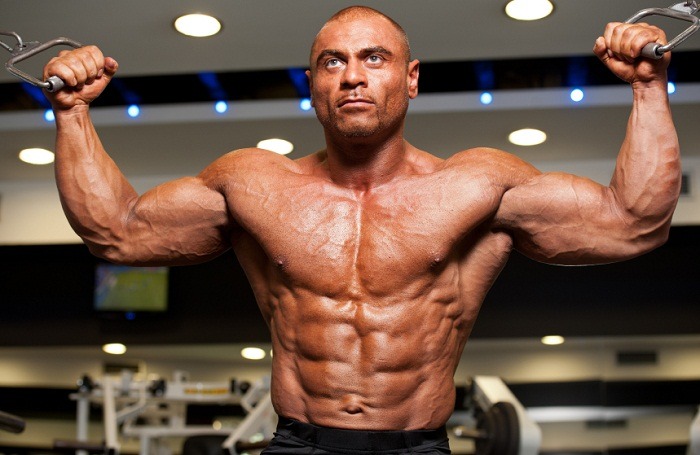
Progressive Overload: Central to muscle growth is the principle of progressive overload. Continuously challenge your muscles by increasing the resistance, volume, or intensity of your workouts. Gradually add weight to your lifts or incorporate advanced training techniques like drop sets and supersets.
Compound Exercises: Compound movements engage multiple muscle groups, promoting efficient muscle development. Incorporate exercises such as squats, deadlifts, bench presses, and overhead presses into your routine. These compound movements stimulate a greater release of anabolic hormones like testosterone and growth hormone.
High-Volume Training: Higher training volume, achieved through more sets and repetitions, can lead to increased muscle hypertrophy. However, it’s crucial to balance volume with adequate recovery to prevent overtraining and potential injuries.
Short Rest Intervals: Minimizing rest intervals between sets enhances the intensity of your workouts, promoting increased muscle activation and growth hormone release. Experiment with shorter rest periods while maintaining proper form to keep the intensity high.
Periodization: Implement a periodized training program that varies in intensity and volume over time. This prevents plateaus and keeps the body adapting to new stimuli, promoting continuous muscle growth.
Mind-Muscle Connection: Focus on the mind-muscle connection during workouts. Concentrate on contracting and engaging the target muscle during each repetition to maximize muscle fiber recruitment.
FAQs on Training:
- How often should I change my workout routine?
It’s beneficial to change your routine every 8-12 weeks to prevent plateaus and keep your muscles adapting to new stimuli.
- Can bodyweight exercises effectively contribute to muscle growth?
Yes, bodyweight exercises can be effective, especially for beginners. As you progress, consider incorporating additional resistance to continue challenging your muscles.
- What is the ideal frequency for strength training sessions?
Aim for 3-4 strength training sessions per week, allowing for adequate rest between muscle groups to support recovery.
Optimizing Recovery for Maximum Results

Adequate Sleep: Quality sleep is paramount for muscle recovery and overall well-being. During deep sleep, the body releases growth hormone, a key player in muscle repair and growth. Aim for 7-9 hours of uninterrupted sleep each night.
Active Recovery: Incorporate active recovery into your routine. Light activities such as walking or cycling on rest days promote blood flow, reduce muscle soreness, and contribute to overall recovery.
Nutrient Timing: Post-workout nutrition is crucial for replenishing glycogen stores and initiating muscle protein synthesis. Consume a post-workout meal containing both protein and carbohydrates within the first hour after training.
Foam Rolling and Stretching: Include foam rolling and stretching in your recovery routine. These activities can alleviate muscle tension, improve flexibility, and enhance overall recovery.
Contrast Water Therapy: Alternating between hot and cold water in the shower or using ice baths can help reduce muscle inflammation and accelerate recovery by improving blood circulation.
Massage Therapy: Consider regular massages to alleviate muscle tightness, enhance flexibility, and reduce the risk of injury. Massage therapy can also improve blood flow, aiding in nutrient delivery to muscles.
Cryotherapy: Cryotherapy, involving exposure to extremely cold temperatures, has gained popularity for its potential benefits in reducing muscle soreness and inflammation. Consult with a healthcare professional before incorporating cryotherapy into your routine.
FAQs on Recovery:
- Is it okay to train through muscle soreness?
Mild soreness is normal, but intense soreness may indicate the need for additional recovery. Listen to your body, and consider incorporating lighter sessions or active recovery when soreness is intense.
- How long should a typical rest day be?
Rest days can vary, but a general guideline is to have at least one or two full rest days per week. Light activity or active recovery can be included on these days.
- Do I need to take a deload of weeks in my training program?
Deload weeks, where you reduce training intensity, can be beneficial every 4-8 weeks to prevent overtraining and promote recovery.
Supplements to Support Natural Muscle Growth
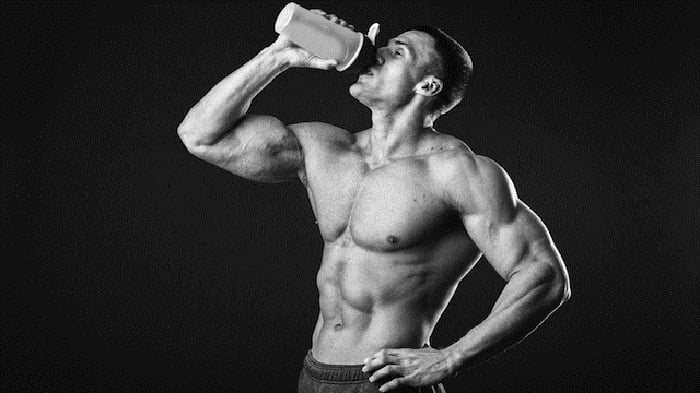
Protein Supplements: Protein supplementation can be beneficial for meeting daily protein requirements, especially for those with higher protein needs. Whey protein, casein, or plant-based protein supplements are popular options.
Branched-Chain Amino Acids (BCAAs): BCAAs, including leucine, isoleucine, and valine, are essential amino acids that play a crucial role in muscle protein synthesis. Supplementing with BCAAs can support recovery, reduce muscle soreness, and enhance endurance during workouts.
Creatine: Creatine is a well-researched supplement known for enhancing strength, power, and muscle mass. It works by increasing the production of adenosine triphosphate (ATP), the primary energy source for muscle contractions.
Beta-Alanine: Beta-alanine is an amino acid that enhances muscle endurance by buffering lactic acid buildup. Supplementing with beta-alanine may allow for more prolonged and intense workouts.
Vitamins and Minerals: Ensure adequate intake of vitamins and minerals, as they play essential roles in various physiological processes. Vitamin D, calcium, and magnesium are particularly crucial for bone health and muscle function.
Omega-3 Fatty Acids: Omega-3 fatty acids, found in fish oil or algae supplements, have anti-inflammatory properties and can support joint health. Including these supplements may contribute to overall recovery and well-being.
FAQs on Supplements:
- Can I get enough protein from food, or do I need supplements?
While it’s possible to meet protein needs through food, supplements can be convenient, especially for those with higher protein requirements or time constraints.
- Is it safe to use multiple supplements simultaneously?
In general, combining several supplements is safe. However, it’s crucial to consider individual needs, and potential interactions, and consult with a healthcare professional for personalized advice.
- Do I need to cycle off creatine or can I take it continuously?
Creatine is safe for continuous use, and cycling is not necessary. Ensure proper hydration when using creatine to maximize its benefits.
Lifestyle Factors for Optimal Muscle Growth
Stress Management: Chronic stress can elevate cortisol levels, a hormone associated with muscle breakdown. Incorporate stress-reducing activities such as meditation, yoga, or deep breathing exercises into your routine to promote mental and physical well-being.
Consistency and Patience: Building muscle is a gradual process that requires consistency and patience. Set realistic goals, track your progress, and celebrate small victories along the way. Understand that significant changes won’t happen overnight.
Avoiding Alcohol and Tobacco: Excessive alcohol consumption and smoking can negatively impact muscle growth and overall health. Minimize these habits, as they can hinder nutrient absorption, impair recovery, and compromise the body’s ability to adapt to training stress.
Regular Health Check-ups: Prioritize your overall health by scheduling regular check-ups with healthcare professionals. These check-ups can identify potential issues early on, ensuring that you are in good health and able to pursue your fitness goals safely.
Environmental Considerations: Be mindful of environmental factors that can impact muscle growth, such as exposure to pollutants or allergens. Ensure that the air quality in your training environment is conducive to optimal health and performance.
FAQs on Lifestyle Factors:
- Can stress impact muscle growth?
Yes, chronic stress can elevate cortisol levels, which may contribute to muscle breakdown. Managing stress through relaxation techniques is essential for overall health.
- How long does it take to see noticeable muscle gains?
Individual results vary, but visible changes typically become noticeable within 8-12 weeks with consistent training and nutrition.
- Is it okay to have occasional cheat meals while bulking?
Yes, occasional indulgences are acceptable, but they should not compromise overall nutrient intake. Balance is key, and cheat meals should not turn into binge sessions.
Conclusion
In the quest for rapid muscle growth without the use of steroids, a multifaceted approach encompassing nutrition, training, recovery, and lifestyle factors is paramount. This detailed guide provides a comprehensive roadmap for individuals seeking to achieve a muscular physique naturally. By prioritizing health, adopting evidence-based strategies, and embracing a patient and consistent mindset, anyone can embark on a transformative journey toward a stronger, more muscular body. Remember, the key lies not only in the destination but in the sustainable and health-conscious path taken to get there.
